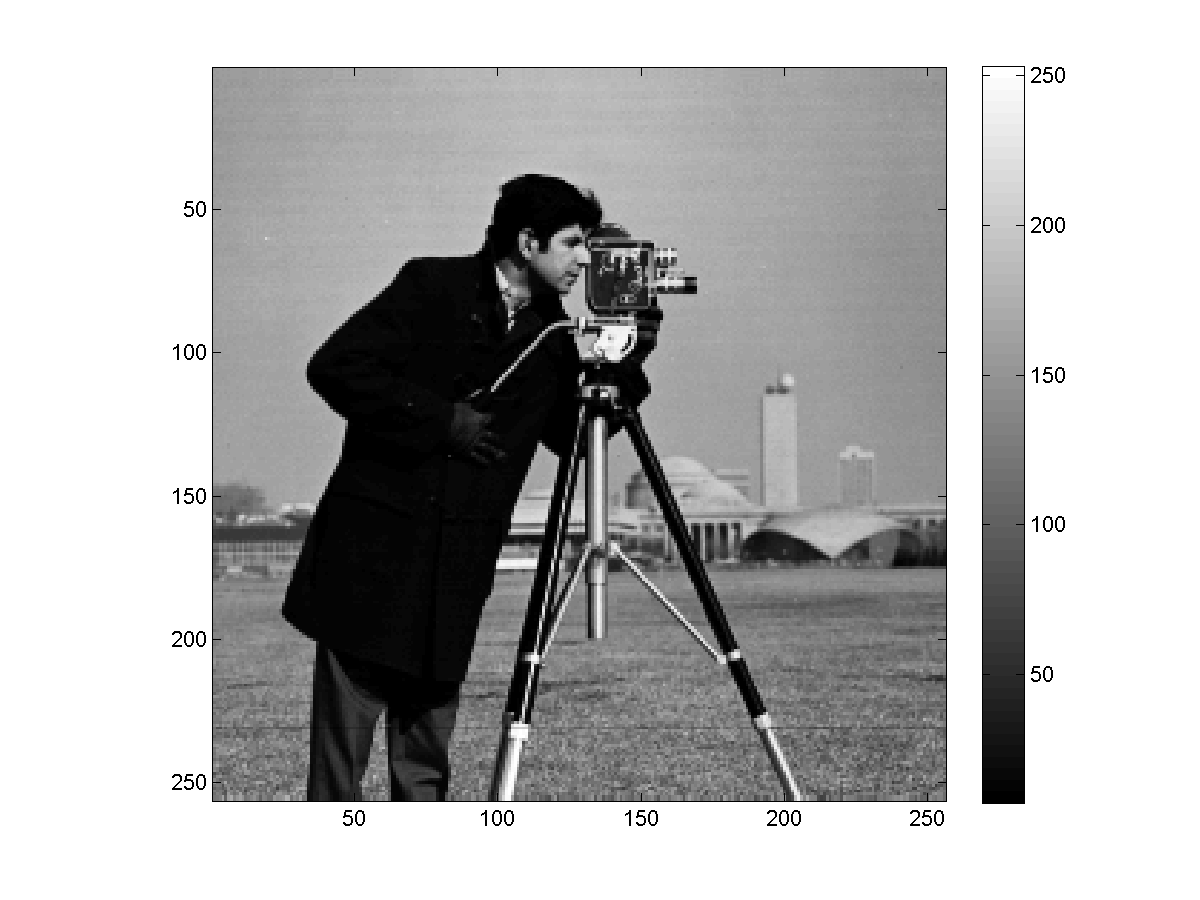| << Chapter < Page | Chapter >> Page > |
Closely related to the Fourier transform, wavelets provide a framework for localized harmonic analysis of asignal [link] . Elements of the discrete wavelet dictionary are local, oscillatory functions concentrated approximately ondyadic supports and appear at a discrete collection of scales, locations, and (if the signal dimension ) orientations.
In wavelet analysis and other settings, we will frequently refer to a particular scale of analysis for a signal. Consider, for example, continuous-time functions defined over the domain . A dyadic hypercube at scale is a domain that satisfies

For discrete-time functions the notion of scale is similar. We can imagine, for example, a “voxelization” of the domain (“pixelization” when ), where each voxel has sidelength , , and it takes voxels to fill . The relevant scales of analysis for such a signal would simply be , and each dyadic hypercube would refer to a collection of voxels.
The wavelet transform offers a multiscale decomposition of a function into a nested sequence of scaling spaces . Each scaling space is spanned by a discrete collection of dyadic translations of alowpass scaling function , and the difference between adjacent scaling spaces and is spanned by a discrete collection of dyadic translations of a bandpass wavelet function . [link] shows an example of this multiscale organization in the case of the Haar wavelet dictionary. Each wavelet function at scale is concentrated approximately on some dyadic hypercube , and between scales, both the wavelets and scaling functions are “self-similar,” differing only by rescaling and dyadicdilation. When , the difference spaces are partitioned into distinct orientations (when these correspond to vertical, horizontal, and diagonal directions). The wavelet transform can be truncated atany scale . We then let the basis consist of all scaling functions at scale plus all wavelets at scales and finer.








Wavelets are essentially bandpass functions that detect abrupt changes in a signal. The scale of a wavelet, which controls itssupport both in time and in frequency, also controls its sensitivity to changes in the signal. This is made more precise byconsidering the wavelet analysis of smooth signals. Wavelet are often characterized by their number of vanishing moments ; a wavelet basis function is said to have vanishing moments if it is orthogonal to (its inner product is zero against)any -degree polynomial. Sparse (Nonlinear) models discusses further the wavelet analysis of smooth and piecewise smooth signals.
The dyadic organization of the wavelet transform lends itself to a multiscale, tree-structured organization of the waveletcoefficients. Each “parent” function, concentrated on a dyadic hypercube of sidelength , has “children” whose supports are concentrated on the dyadic subdivisions of . This relationship can be represented in a top-down tree structure, as demonstrated in [link] . Because the parent and children share a location, they will presumably measure related phenomena about thesignal, and so in general, any patterns in their wavelet coefficients tend to be reflected in the connectivity of the treestructure. [link] and [link] show an example of the wavelet transform applied to the Cameraman test image; since the dimension , each scale is partitioned into vertical, horizontal, and diagonal wavelet analysis, and each parent coefficient has children.



In addition to their ease of modeling, wavelets are computationally attractive for signal processing; using a filterbank, the wavelet transform of an -voxel signal can be computed in just operations.
A wide variety of other dictionaries have been proposed in signal processing and harmonic analysis. As one example, complex-valuedwavelet transforms have proven useful for image analysis and modeling [link] , [link] , [link] , [link] , [link] , [link] , [link] , thanks to a phase component that captures location information ateach scale. Just a few of the other harmonic dictionaries popular in image processing include wavelet packets [link] , Gabor atoms [link] , curvelets [link] , [link] , and contourlets [link] , [link] , all of which involve various space-frequency partitions. We mention additional dictionaries in Compression .

Notification Switch
Would you like to follow the 'Concise signal models' conversation and receive update notifications?